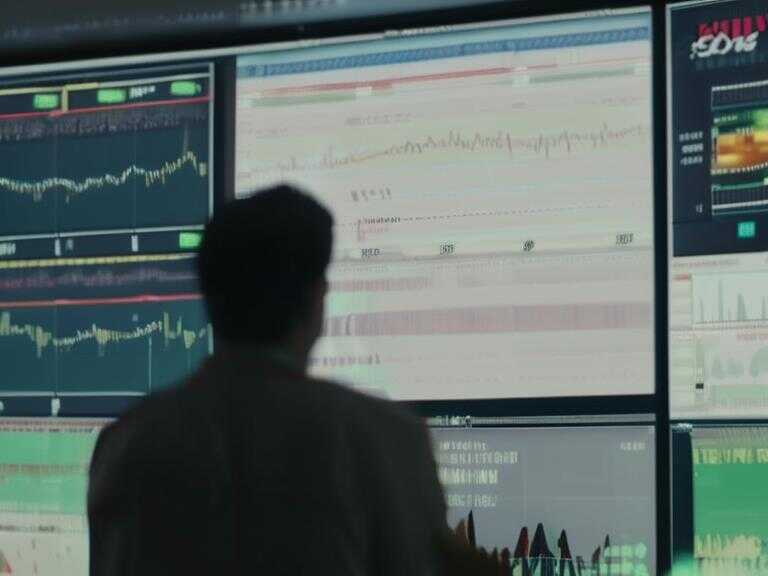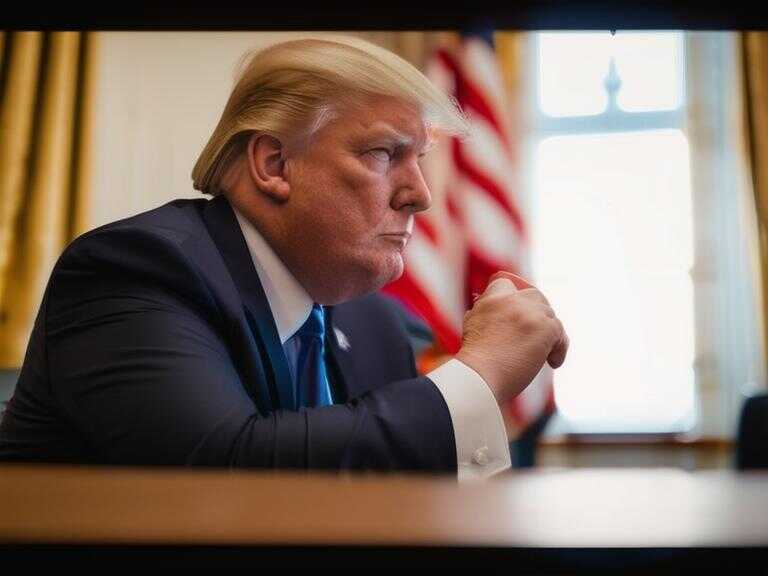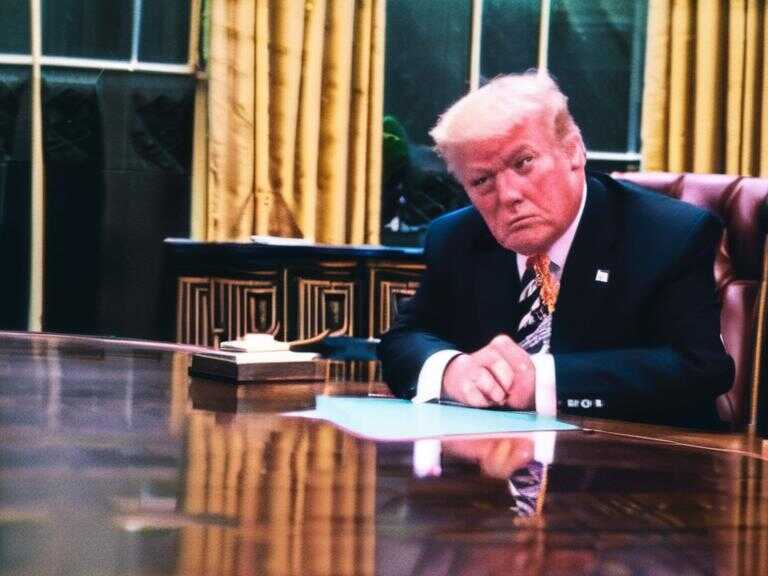
US Jobs Beat Expectations Amid Trade War Tensions
US added 147,000 jobs in June, exceeding expectations despite trade war concerns, with unemployment at 4.1%.

The US economy continues to demonstrate resilience, adding 147,000 jobs in June, exceeding economists' predictions amidst ongoing trade tensions. This positive development signals continued strength in the labor market despite the challenges posed by President Trump's trade war.
Initial expectations had pointed towards a decline in job openings, with economists anticipating a drop due to the uncertainty surrounding the trade policies. However, the Bureau of Labor Statistics (BLS) reported that 8,000 more jobs were created in June compared to May, underscoring the unexpected robustness of the economy.
Job Growth Across Sectors
The job growth was distributed across various sectors, with notable gains in state government and healthcare. State government employment surged by 47,000, while the healthcare sector added 39,000 new jobs. These figures highlight the continued demand for workers in essential public services and the healthcare industry.
Conversely, federal job losses persisted, with another 7,000 positions eliminated in June. This trend reflects the ongoing efforts by the Trump administration to reduce the size of the federal government workforce, resulting in a total loss of 69,000 jobs since January.
While the overall job market demonstrated strength, data from payroll firm ADP suggested a degree of hesitancy among private sector employers. ADP reported that the private sector shed 33,000 jobs in June, a significant deviation from the anticipated increase of 100,000 and marking the first decline since March 2023.
This dip in job openings does not necessarily indicate widespread layoffs. Instead, it suggests that companies are exercising caution by creating fewer new positions. As Nela Richardson, chief economist at ADP, stated, "Though layoffs continue to be rare, a hesitancy to hire and a reluctance to replace departing workers led to job losses last month."
Economic Outlook Amid Uncertainty
Despite the positive signs of jobs growth, economic uncertainty persists due to ongoing trade disputes. President Trump's imposition of tariffs on goods from various countries has created anxiety among consumers and businesses, leading to concerns about the impact on prices.
While the White House has downplayed the effects of tariffs on the domestic economy, it is actively seeking trade deals with other nations to mitigate the potential for further economic disruption. Recently, agreements were reached with Vietnam, the UK, and China, but numerous other countries remain subject to potential high tariffs if deals are not secured.
Amidst this economic landscape, President Trump has criticized the Federal Reserve and its chair, Jerome Powell, for maintaining relatively high interest rates. In an open letter to Powell, Trump urged the Fed to lower interest rates, arguing that their current level is detrimental to economic growth.
Powell, on the other hand, has maintained that the Fed's decision to hold interest rates steady is a response to the economic uncertainty created by Trump's tariffs. He emphasized that the size of the tariffs has significantly impacted inflation forecasts, necessitating a cautious approach to monetary policy.
As the US economy navigates these complex challenges, the interplay between trade policies, fiscal decisions, and monetary policy will continue to shape the trajectory of jobs growth in the months ahead. The health of the labor market remains a crucial indicator of overall economic well-being, and its performance will be closely watched by policymakers and businesses alike.
The future holds both opportunities and uncertainties for the US economy. While there are signs of resilience in certain sectors, such as state government and healthcare, the impact of trade tensions and federal job losses on businesses and consumer confidence remains a key concern. The ongoing debate over monetary policy and its potential effects on economic growth further adds to the complexity of the current economic landscape.
Share news















